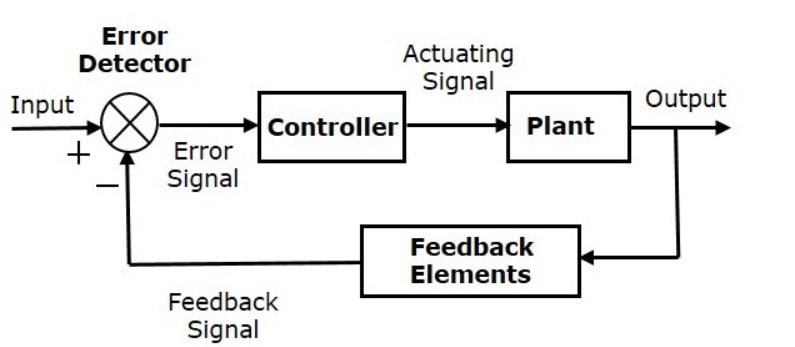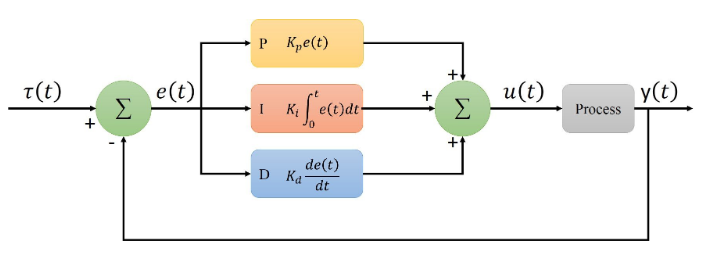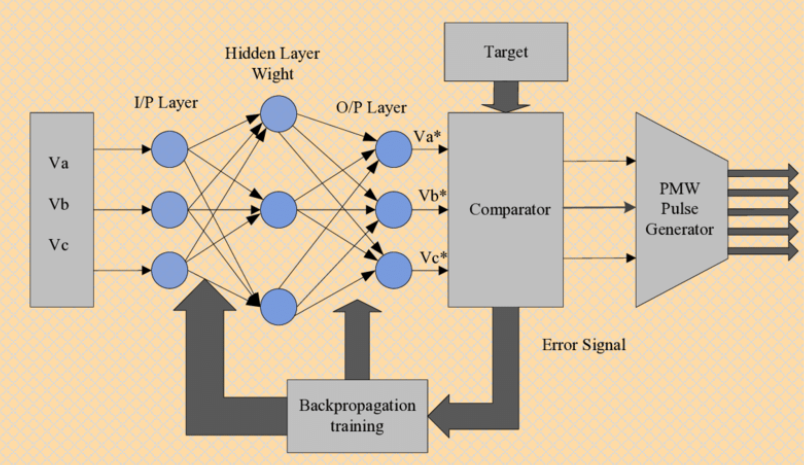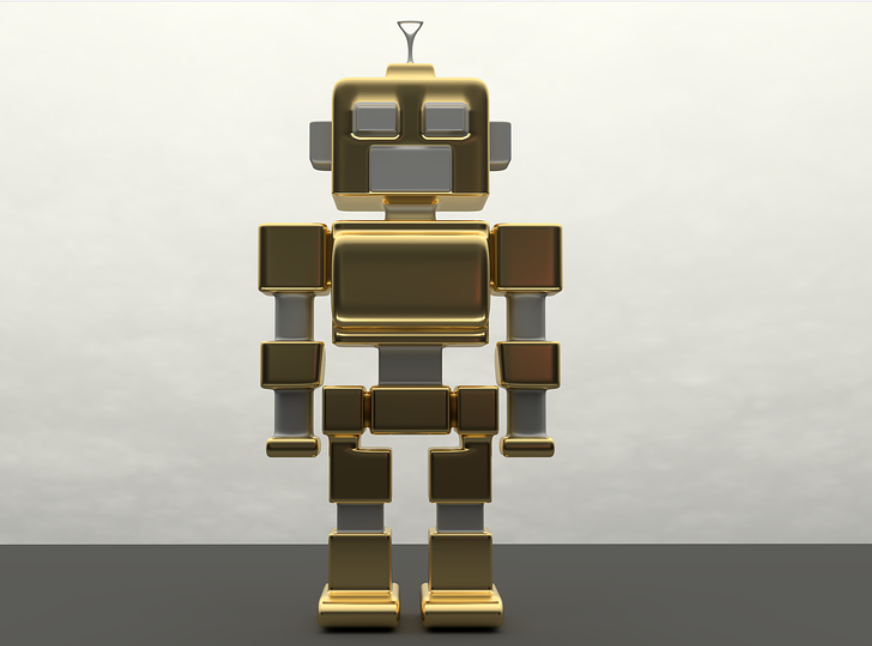A control system in robotics is a set of devices, sensors, and algorithms used to approximate the dynamic behavior of a real or simulated system. In other words, it’s what helps keep your robot on track.
By understanding how these systems work, you can design and program robots that are better able to navigate their environment and respond to external stimuli.
This article will give an overview of different control systems and how they’re used in robotics applications.
How does the Control System in Robotics work?

In order for a robot to move and interact with its environment, it needs a control system. This system collects data from sensors and translates it into action.
For example, if a robot needs to move forward, the control system will send a signal to the motor to make that happen. The control system is also responsible for tasks like navigation, obstacle avoidance, and picking up objects.
There are two main types of control systems used in robotics: centralized and decentralized. Centralized control systems are typically used for simple tasks, like moving a robot in a straight line.
In this type of system, all the sensors and actuators are connected to a central controller. The controller decides what action to take based on the data it receives from the sensors.
Decentralized control systems are used for more complex tasks, like navigation and object manipulation. In this type of system, each sensor and actuator has its own controller.
These controllers communicate with each other to decide what action to take. Decentralized control systems are more flexible than centralized control systems, but they can be more difficult to design and implement.
The control system is one of the most important parts of a robot. It is responsible for translating data from sensors into action. Without a well-designed control system, a robot would not be able to move or interact with its environment.
How to design a Control System for your Robot
When it comes to robotics, the control system is one of the most important aspects of the design. It’s responsible for telling the robot what to do and how to do it. In this article, we’ll discuss how to design a control system for your robot.
We’ll cover the different types of control systems and how to choose the right one for your needs.
There are two main types of control systems: open-loop and closed-loop.
Open-loop systems are simpler and cheaper to design, but they’re less precise and can’t adjust to changes in the environment.

Closed-loop systems are more complex and expensive, but they’re more precise and can adjust to changes in the environment.

When choosing a control system for your robot, you need to consider the type of tasks that your robot will be performing.
For example, if your robot will be moving objects from one place to another, you’ll need a closed-loop control system so that it can adjust its grip strength and position to avoid dropping the object.
On the other hand, if your robot will be performing a repetitive task such as welding, you can get away with an open-loop system.
Another important consideration is the level of precision that you need. For example, if your robot will be assembling tiny parts, you’ll need a very precise control system.
On the other hand, if your robot will be doing something like painting a fence, you can get away with a less precise system.
Once you’ve considered the type of tasks your robot will be performing and the level of precision you need, you can start to narrow down your options.
Different types of Control systems-
PID controllers are the most common type of control system. They use a feedback loop to constantly adjust the robot’s output based on the difference between the desired result and the actual result. PID controllers are very precise, but they can be difficult to tune.

Fuzzy logic controllers are similar to PID controllers, but they use a more simplified form of feedback. Fuzzy logic controllers are easier to design and tune, but they’re not as precise as PID controllers.
Neural network controllers are the most complex type of control system. They use artificial intelligence to learn and adapt to changes in the environment. Neural network controllers are very precise and can be very effective, but they’re also very expensive.
Now that you know the different types of control systems, you need to decide which one is right for your robot. The type of control system you choose will depend on the type of tasks your robot will be performing, the level of precision you need, and your budget.
The basics of Control Systems for Robotics
Control systems are an important part of robotics. They allow robots to be controlled and directed, and allow for movement and tasks to be completed.
There are a few different types of control systems, but they all work together to help a robot function. Without a control system, a robot would be useless!
The three main types of control systems are mechanical, electronic, and pneumatic. Each type has its own advantages and disadvantages, so it’s important to choose the right one for your robot.
Mechanical control systems are the simplest and most common type of control system. They use physical parts to move the robot, such as gears, levers, and pulleys.
Mechanical control systems are often used in small robots, because they are less expensive and easier to maintain than electronic or pneumatic control systems.
Electronic control systems use electrical signals to move the robot. They are more precise than mechanical control systems, but they are also more expensive. Electronic control systems are often used in large industrial robots, because they can handle more complicated tasks.
Pneumatic control systems use compressed air to move the robot. They are similar to electronic control systems, but they are less expensive.
Pneumatic control systems are often used in small robots, because they are less expensive and easier to maintain than electronic or pneumatic control systems.
Quick Links
Conclusion- Control System In Robotics 2024
Robotics offers an interesting perspective on control theory. In this blog post, we looked at a simplified model of a robotic system and studied the effects of feedback and feedforward control on its stability.
We found that adding feedback improved the stability of the system, while feedforward control had the opposite effect. These results are important for robotics engineers who must carefully balance stability with other factors such as speed and accuracy.

